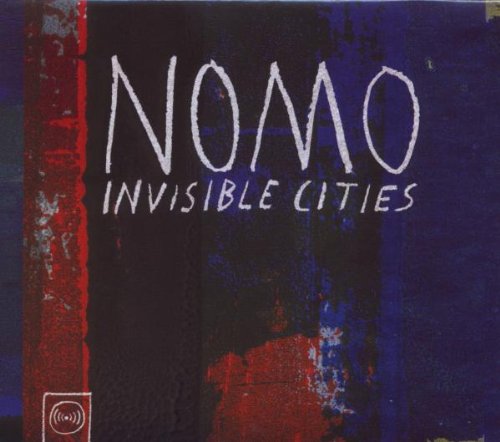
NOMO
Invisible Cities
Release Date: May 5, 2009
Genre(s): Rock, Afrobeat
Record label: Ubiquity
Music Critic Score
How the Music Critic Score works
Album Review: Invisible Cities by NOMO
Excellent, Based on 3 Critics
Based on rating 8/10
But these big fat danceable numbers aren't what makes this set unique -- NOMO could get a roomful of cadavers shaking their asses. No, it's the less aggressive cuts, such as "Banners on High," that have just as much going on but are less obvious because the horns are muted and it's the kalimbas, Rhodes piano, and rhythm instruments that create the thrum and squall. Dan Piccolo's drumming is an inner state of hypnosis in and of itself with his breaks and rim shots.
Based on rating 8.0/10
On last year's Ghost Rock, NOMO established their own brand of future funk, built on hypnotic grooves comprised of drums and a huge collection of electrified, homemade likembes and scrap metal. The horn section, once the thundering heart of the band, took on a different role, settling into spaced-out dialogue with the rhythms-- leader Elliot Bergman's more conversational horn charts recalled Charles Mingus and Sun Ra in their perfectly pitched balance between structure and disorder. Invisible Cities serves as something of a breath-catching moment for a band that's taken a giant leap on each of its albums, bringing some of the thunder back while further elaborating on the progress made on Ghost Rock.
Based on rating 8/10
Italo Calvino’s 1972 novel Invisible Cities is a series of poetic travelogues posed as a conversation between Marco Polo and Kublai Khan. That NOMO has named their latest album after Calvino’s work admits to a degree of cultural tourism on the band’s part. This should be no surprise to those who’ve been following the various shapes and sizes of the Michigan-by-way-of-Africa group since their origins.

